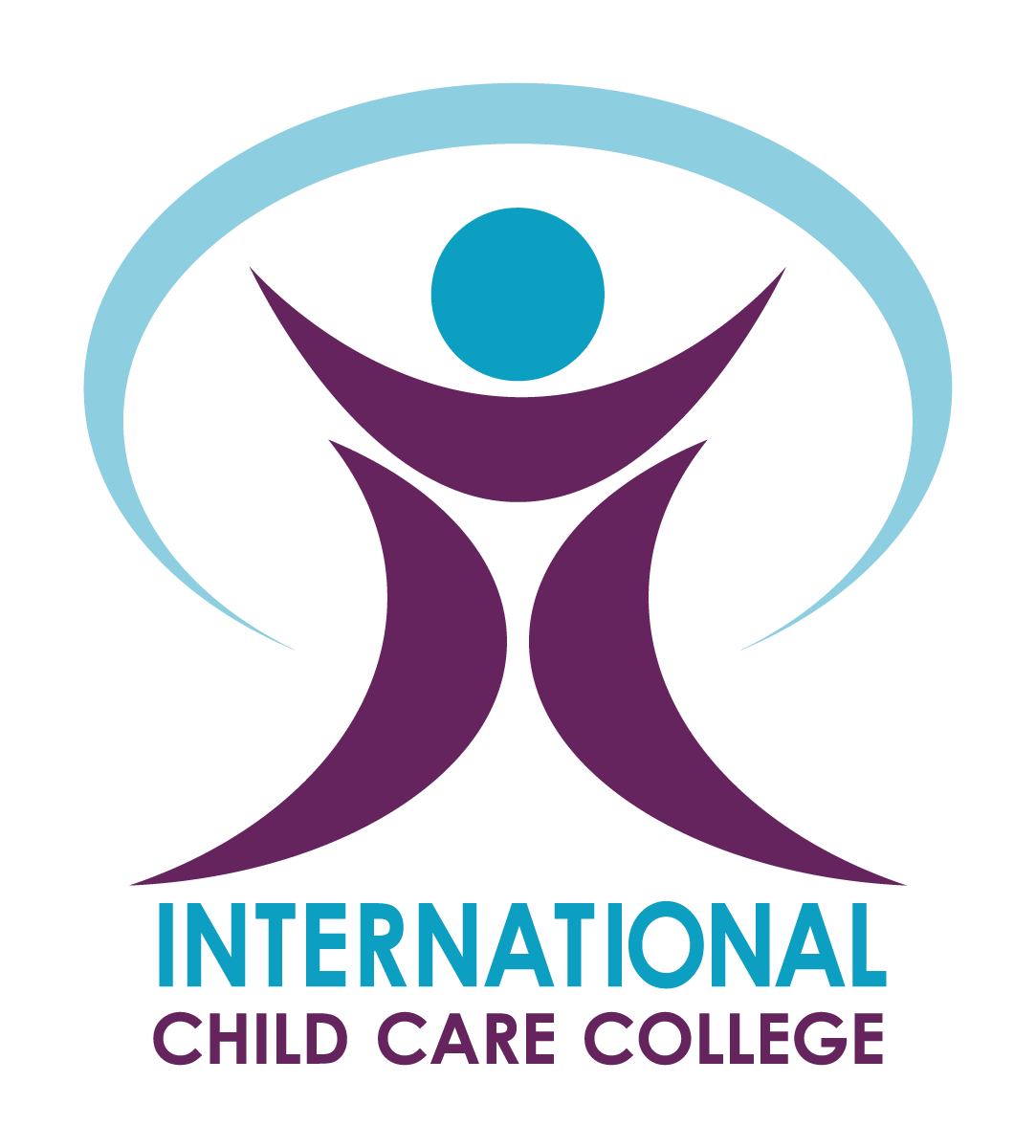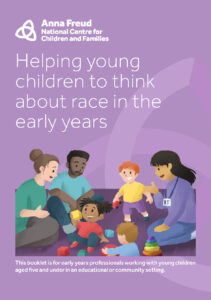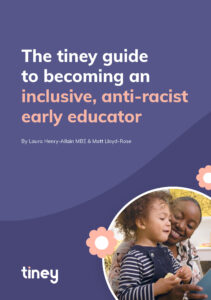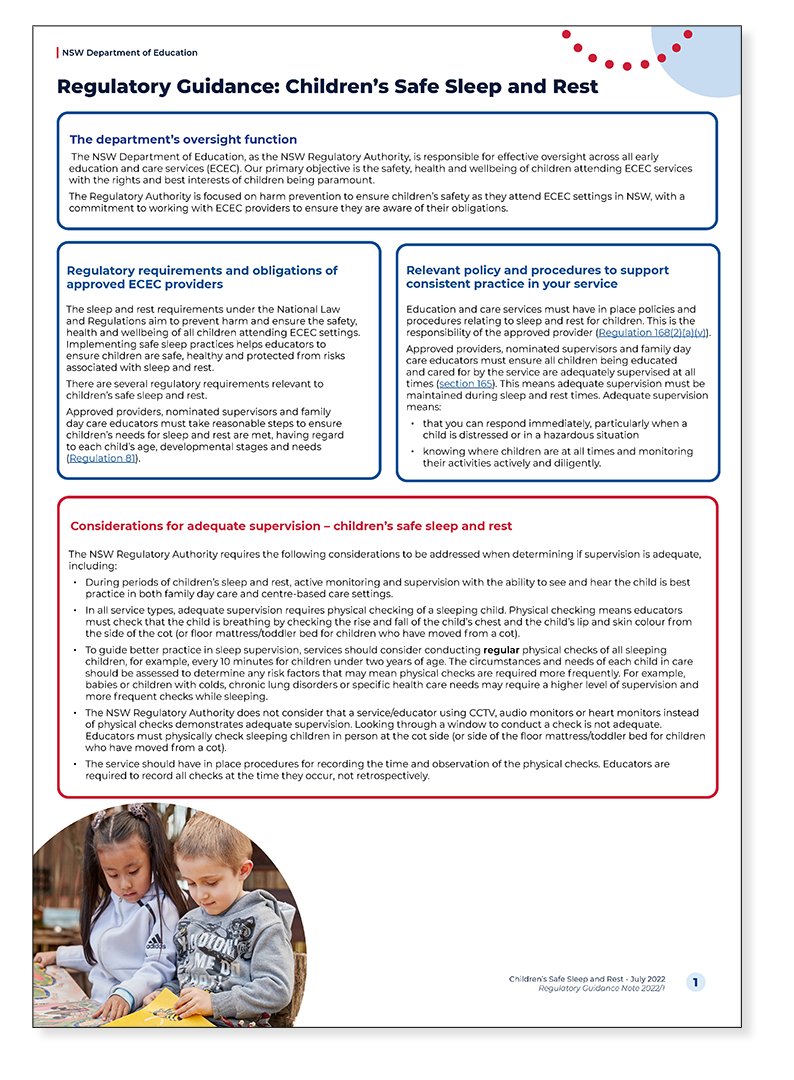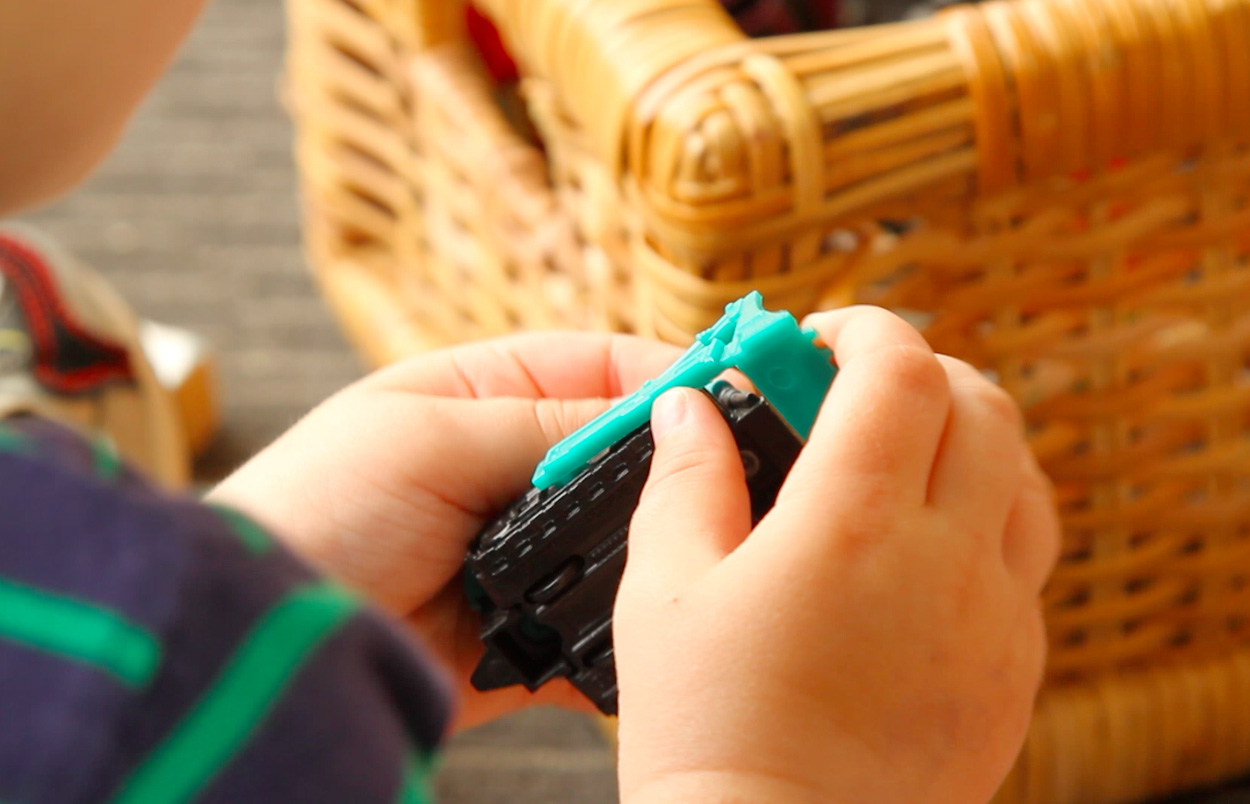No doubt you have all heard/seen the evidence presented by the ABC and the exposure by Greens MP Abigail Boyd of multiple reports of child abuse in Early Childhood services received by the NSW regulatory body. The images and descriptions of the abuse of babies and young children are sickening. The ABC episode presented shocking evidence of abuse in some services. What also shocked me was that other Educators were colluding in this abuse by not intervening or even videoing it.
Sadly, for our profession, these Educators and Providers damage the trust of families and the reputation of those who deliver high-quality education and care in a professional and ethical manner.
As an Early Childhood professional of 50 years, I was saddened by this behaviour. As the CEO of an RTO specialising in the delivery of training in Early Childhood Education and Care, it has prompted me to reflect on what has gone so wrong and what we can do to ensure this abuse does not continue to proliferate.
There is now yet another inquiry into Early Childhood Education and Care, this time by the NSW parliament, and chaired by Greens MP Abigail Boyd. I recently spoke with Senator Boyd and offered my thoughts on reforms. I also reiterated I believe that most Educators and Providers are doing their absolute best to provide quality care and education for children. There is a need for reform – not by strengthening the Regulations, which are already of an extremely high standard, but by enforcing the Regulations. There need to be many more authorised officers monitoring and supporting services via both planned and spot visits.
I believe new services should be assessed within 12 weeks of commencement, not 12 months as is the case for many new services. The NQS rating system requires an urgent review. These Standards were developed to provide a minimum benchmark for quality care in seven key areas. In this instance ‘benchmarking’ is the process of comparing the service standards (practices) against a set of quality standards (practices), developed by ‘experts’ and designated as ‘the standards’ to be met. Services either ‘meet’ or ‘do not meet’ these minimum benchmark standards.
- Where services are rated as ‘do not meet’ they should be provided with clearly documented evidence to support this rating.
- Clear directions about what needs to be put in place to meet the standard(s) should be issued and a deadline to reach the minimum standard, e.g. 28 days.
- Failure to meet the standard(s) following this should result in suspension of the approval to operate, only to be lifted once the action is taken to meet the standard(s).
Currently, services with a ‘working towards’ or ‘significant improvement required’ rating appear to be allowed to continue to operate without a time limit for improvement (in some cases more than 12 months).
The NQS is described as a ‘continuous improvement process’ using the ‘Quality Improvement Plan.’ However, continuous improvement is typically used by organisations to set their own benchmarks and work towards meeting these benchmarks in a manner and timeframe that best suits the organisation. It is my understanding that rating using benchmark standards is entirely different to a continuous improvement model. The melding together of these two quite different approaches is confusing and nonsensical. Encourage services to engage in continuous improvement but do not confuse this with a ratings system.
During my 50 years in the sector, I have been fortunate to work with many community-based and private services whom I have rated highly. I am concerned that providers who are delivering quality care and education are being ‘tarred with the same brush’ as those who are not. I would like to see restrictions put in place on the number of services that can be owned and operated by the corporate sector so that practices leading to poor quality service delivery through economies of scale and profit margins are significantly reduced.
The NSW Parliamentary Inquiry is yet another opportunity for you to express your opinion on what effective change might look like – not for the benefit of parliamentarians but for the benefit of you, your colleagues and the children and families who use your service. Do not delay – submissions to the inquiry close on Sunday 15th June.
Yours sincerely,
